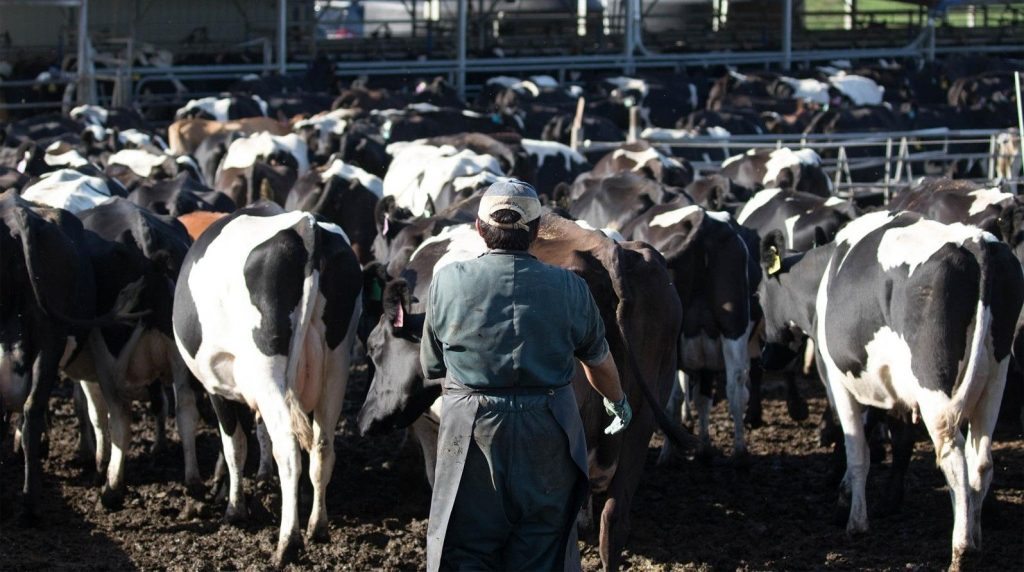
A recently released Statistics New Zealand report on farm expense prices showed large inflation costs for farmers over the past two years.
Despite high milk prices, high-cost pressures, DairyNZ chief executive Tim Mackle expects costs will continue to rise for at least a couple more years.
Four key farming costs have experienced inflation of more than 10 per cent between 2019 and 2021, including fertiliser with a 15.9% increase; cultivation, harvesting and animal feed with an 18.9% increase; electricity with a 21% increase; and stock grazing costs which are 36.9% higher this year than they were in 2019.
“The current economic climate is unique and reflects a combination of forces that seldom come together,” said Mackle.
“International demand for food, especially dairy products, remains strong, but poor production and high input prices worldwide have limited supply,” he continued. “This means world food prices are currently around a third higher than the same time last year.”
DairyNZ principal economist Graeme Doole said shipping prices, on average, are around 600% higher than two years ago due to port delays and closures related to COVID-19. Furthermore, the prices of ocean freight out of Asia have grown substantially, increasing by 15 times between March and August this year.
Urea prices alone have jumped by 67% since August 2020 due to greater global demand for nitrogen. FAO figures suggest nitrogen use has only increased by 1.33% since 2020, but higher seasonal demand, coupled with international supply issues, have pushed up urea prices globally.
“In New Zealand, China is our largest supplier of urea for fertiliser and there is huge competition with other industries for shipping containers,” said Doole. “China has also tightened exports of urea to assure supplies in its domestic market, so this is having a real impact on international markets, and of course our dairy farmers are also grappling with those extra costs.”
Domestic PKE prices are currently at their highest since the start of 2020 at NZ$391 per tonne.
New Zealand is also seeing higher fuel prices due to less crude oil production and exports.
Doole said New Zealand can expect to see strong global demand and a high price for farming inputs, especially feed and fertiliser, for some time.
“While the payout may fall in the near to mid-term compared to where forecasts are now, it will likely stay above its long-term average of $6.50 next season,” he added.
Only two farm cost categories have deflated since 2019, lime at -4.5%, and interest rates at -13.4%.
Lower interest rates between June 2019 and November 2021, coupled with higher payouts, have helped to reduce debt in the dairy sector by $3.58 billion.
However, business lending interest rates are starting to increase as the Reserve Bank seeks to control inflation across the economy, making debt more expensive to issue.
Farmers will start facing more scrutiny from banks over the next few years as environmental policies start to impact profitability and banks introduce tighter lending criteria to meet new legislative requirements.
“While we do have challenges ahead, efficiency is the low hanging fruit, and we know that at least 50% of farmers can produce the same amount of milk with less inputs like feed, nitrogen and fertiliser,” he said.
























